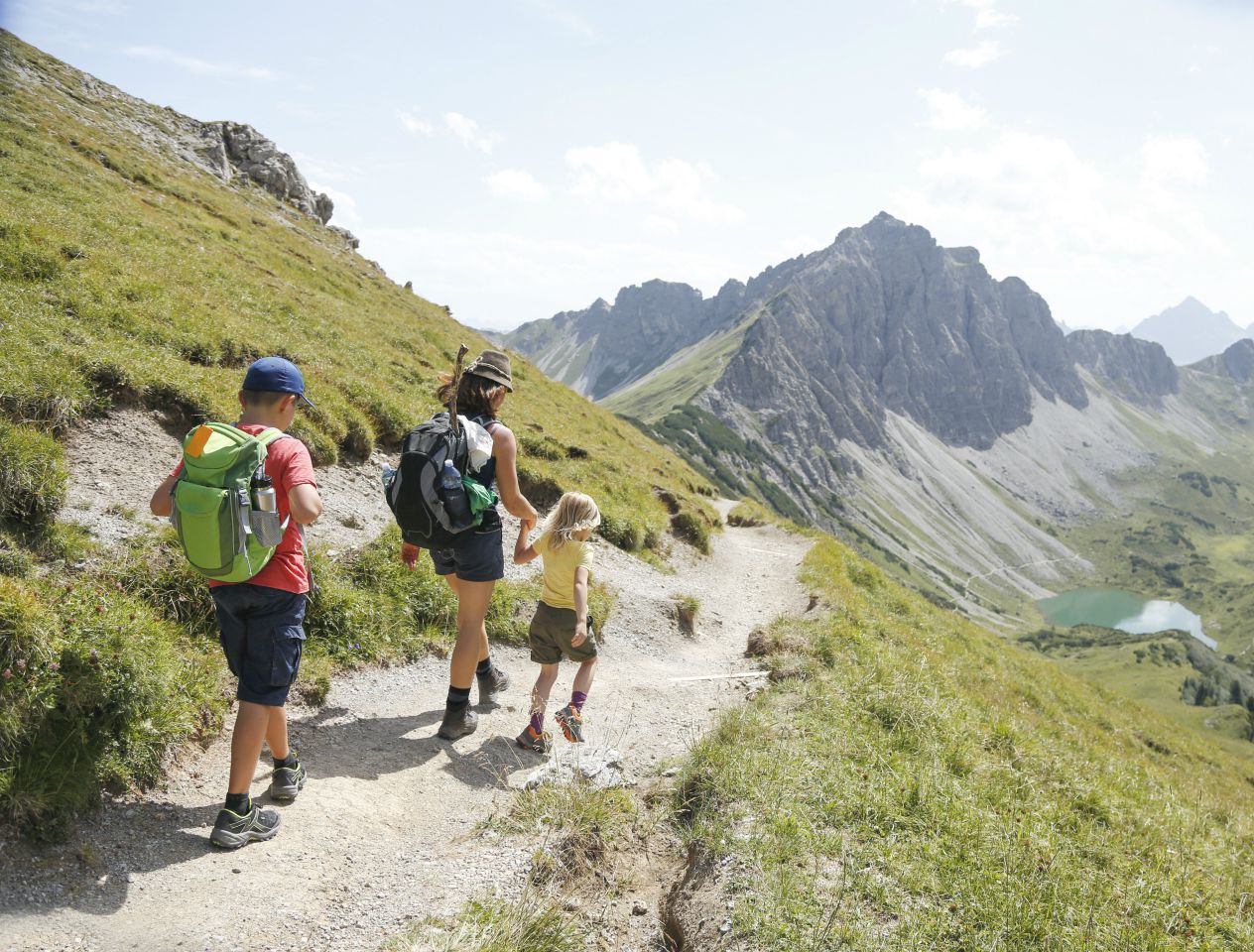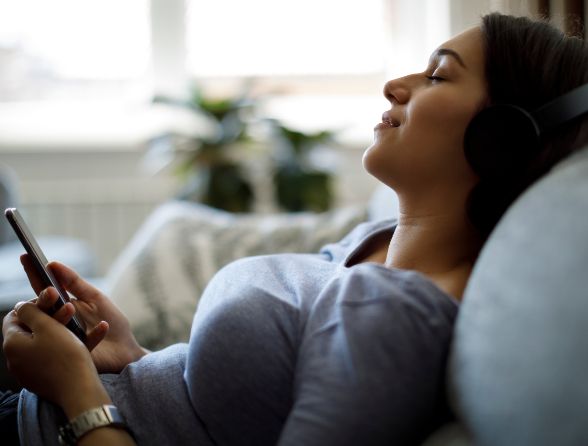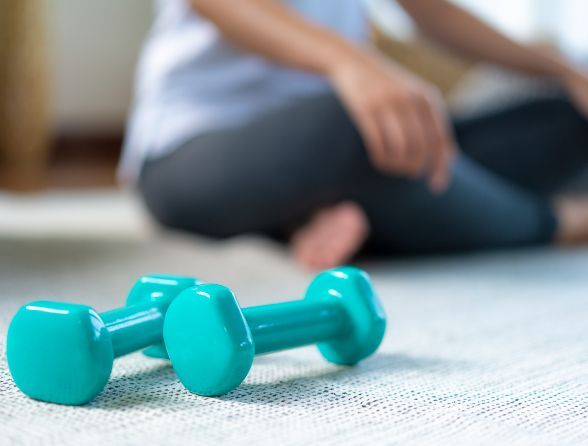The beginner’s guide to hiking
Get walking with all the tips, kit and expert advice you’ll need to set you on your way
It’s the perfect time to take a hike. No, really. Hiking isn’t just a great means of getting fit – it’s the perfect way to experience the mind-boosting effects of getting out into nature. And it’s something the whole family can enjoy together all year round, come rain or shine. It might not be a walk in the park, but taking a little time to wander off the beaten track is well worth the effort. Trekking in nature strengthens the hips, knees and ankles, boosts mood, focus and creativity, and can even make you better at problem solving.
A weekend walk is the perfect antidote to a week sat behind a desk (or at the kitchen table, for those of us still WFH). ‘Physical movement in fresh air has so many benefits,’ says eco-psychotherapist Lara Just, aka the walking therapist. ‘Exploring is my kind of stress management. It recharges me.’
‘When you’re out hiking, you have time to slow down and look around, be present in the moment and enjoy the smaller details,’ adds The Helpful Hiker’s Lauren Moseley. ‘And anyone can do it. Start small and build up gradually.’
‘Don’t worry about your level of fitness,’ agrees Fi Darby of Two Blondes Walking. ‘Start with a bit of local exploration – you’ll be surprised how much you can learn about your area by exploring it on foot, and how quickly you start wanting to go further.’
Find your way
Start with small steps. ‘To begin with, it will probably take you around an hour to walk three kilometres on flat ground, so plan your hike around the time you want to be out,’ Fi advises. ‘Whether we walk two kilometres along a footpath or tackle a mountain ridge, we get the same sense of satisfaction from being outside, exercising and exploring new places.’
‘It’s important to be honest about your fitness level and navigational skills,’ Lauren adds. ‘Rough terrain and hills are going to sap your energy – it’s not like walking on a pavement. I use the Ordnance Survey website to find new routes. Look for short hikes that are graded “easy” to begin with. Start with a few miles, then build up the distance and difficulty.’
Websites and apps are perfect for finding and plotting routes. The OS Maps app lets you search for, create, follow and record routes, and even print maps. It works with no data connection and includes aerial 3D imagery and augmented reality features. Worried about getting lost? The OS Locate app uses your device’s GPS signal to find and share your location.
Bring a back-up
While smartphones and smartwatches can make things easier, they can’t – and shouldn’t – replace a paper map. ‘It’s important to do as much preparation as you can before your hike,’ Lauren says. ‘Tech is great but it can fail, so don’t just rely on apps. At the very least, learn how to read a map and use a compass. I never leave home without my phone, but I also take a portable powerbank in case the battery runs out.’
‘I use OS Maps for route planning and route ideas, but try to keep my phone for emergencies when I’m out and about,’ adds Fi. ‘Try a navigation course – we run them on Dartmoor and they’re often great fun!’
What to wear
Conditions can change quickly, but the right gear will keep you cool while the sun shines and warm when it’s wet and windy. ‘Layers are key – you can add more when you get cold or shed them when you get hot,’ says Lauren. ‘A gym T-shirt will wick away sweat and keep you comfortable, a lightweight fleece mid-layer will keep you warm when the weather is cooler, and a decent weatherproof coat will keep the wind and rain out.’
Hiking footwear will give you the support, protection and grip you need. Lightweight walking shoes are perfect for easy summer hikes, while hiking boots will see you through longer treks on more rugged terrain. And don’t forget your hiking socks. It’s best to avoid cotton, as it retains water. ‘Merino wool is great for both warm and cold days,’ says Fi.
Whatever the weather
With the right kit, you can hike all year round, but it’s important to be prepared. ‘I always take breathable waterproof tops and trousers,’ says Fi. ‘In winter, I also pack down jackets, gloves and warm hats. On a really cold day, I might add a pair of thermal leggings.’
In summer, take sunglasses and a wide-brimmed hat, even if it’s breezy. ‘As long as you have the right gear, hiking in the rain can be as much fun as hiking in the sunshine,’ adds Fi.
Pack smart
A lightweight rucksack will hold everything you’ll need for a day on the trails. ‘Take a basic first aid kit, spare socks and a torch, just in case you get caught out,’ Lauren recommends.
‘Always take a watch, a whistle and a survival bag or emergency blanket,’ adds Fi. ‘And a tasty treat for when you get to the top of that hill!’
Carbohydrate-rich snacks will keep those energy levels up. Apples and bananas, dried fruit and nuts, flapjacks, malt loaf and jam sandwiches – Fi’s favourite – are all great choices. Pack enough for emergencies, and remember to pop some sweets or chocolate in. ‘When you’re getting tired and cranky towards the end, an easy sugar hit will perk you up,’ says Lauren.
‘You need at least two litres of water for a day walk,’ Fi advises. If it’s chilly, take a thermos filled with tea or soup, too. And don’t forget the sunscreen, even if it’s windy out.
Get set
‘If you’re nervous about getting started, ask a local guide to take you out for the day, go to a visitor’s centre, or join a local walking group,’ Fi suggests. You can search for hiking groups and clubs on Ramblers.org.uk or Facebook. If you live in London, try GO Hiking. If you’d prefer a guided walk, Foot Trails organises customised walking tours.
Always tell someone where you’re going, and remember: it’s not a race. Hiking is about slowing down and exploring your surroundings – think tortoise, not hare. Move at the pace of the slowest person in your group and take regular pit stops to relax, refuel and rehydrate. If connecting with nature is your aim, a pair of compact binoculars and a decent camera are key.
Ready to go? ‘Set a time,’ Lara advises. ‘Make a commitment to yourself. Start with an intention – it could just be to get away from your desk. Go at your own pace and make it fun.’
Image: Getty Images







